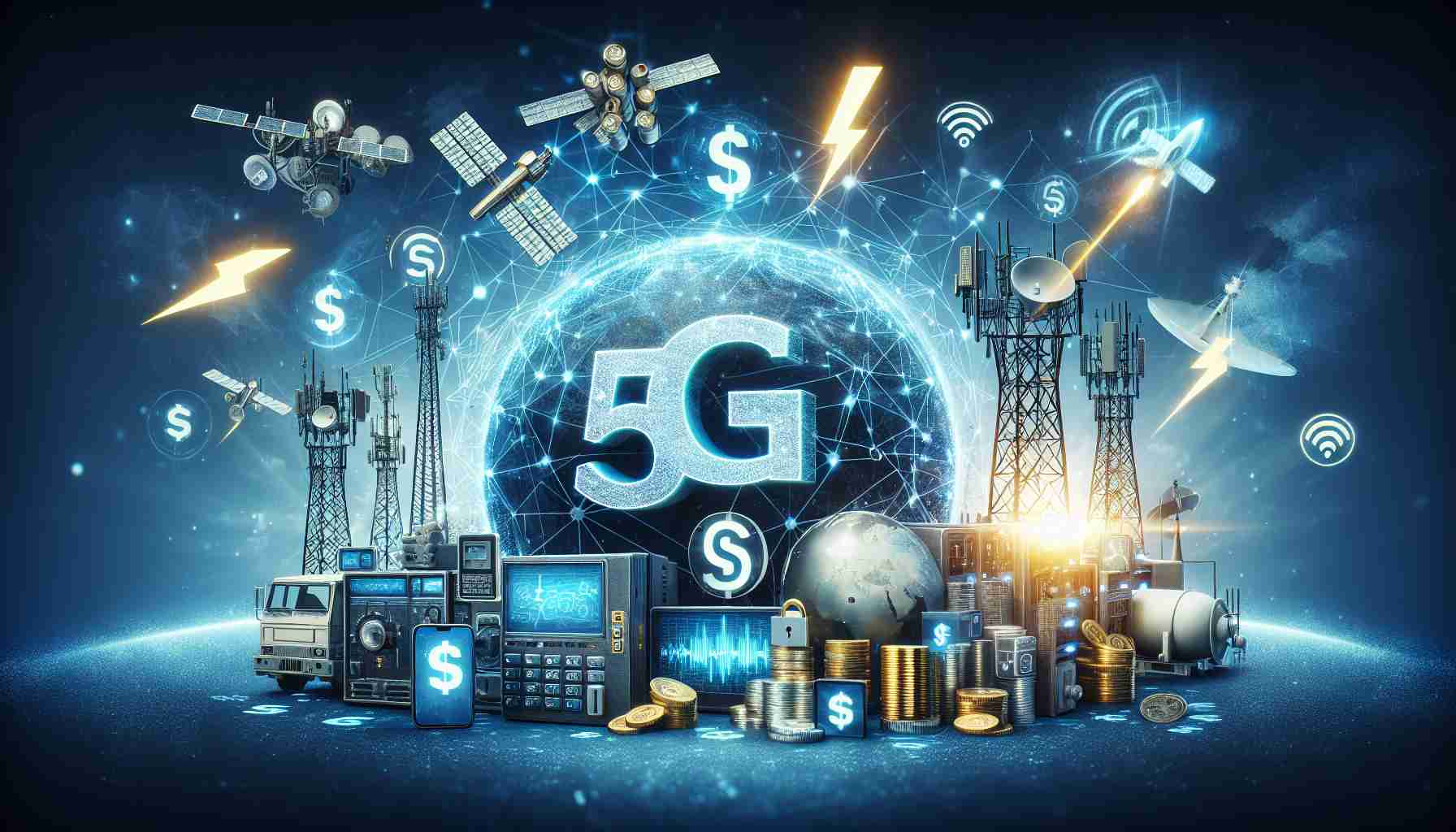Real-time location systems (RTLS) are revolutionizing healthcare operations by improving patient care and streamlining processes. With an estimated market value projected to reach $5.7 billion by 2029, the adoption of RTLS solutions is poised to grow at a remarkable rate of 19.6% annually.
One innovative application of RTLS technology is in environmental monitoring within healthcare facilities. By utilizing RTLS solutions, healthcare providers can ensure optimal storage conditions for inventory, monitor patient safety, and enhance the overall quality of care. Automation of environmental monitoring reduces inefficiencies and helps facilities meet compliance requirements more effectively.
While hardware components like tags and badges play a crucial role in tracking assets and personnel, the Wi-Fi segment stands out for its high compatibility and ease of installation. Wi-Fi technology offers a cost-effective solution, leveraging existing infrastructure to track locations accurately. The use of Wi-Fi access points enables real-time tracking of assets and staff members, contributing to efficient operations.
The Asia Pacific region is emerging as a key market for RTLS in healthcare, experiencing rapid growth and technological advancements in the healthcare sector. Countries like Japan, South Korea, China, and Australia are embracing RTLS solutions to enhance patient care and operational efficiency.
By leveraging RTLS technology, healthcare facilities can optimize resource utilization, improve patient outcomes, and elevate the overall quality of service delivery. The future of healthcare lies in the seamless integration of innovative technologies like RTLS to transform patient care.
Expanding the Reach of Real-Time Location Systems in Healthcare
Real-time location systems (RTLS) have become indispensable tools in modern healthcare settings, offering tangible benefits that extend well beyond the realms of patient care. As the demand for efficiency and accuracy in healthcare operations continues to rise, RTLS technology is at the forefront of enabling real-time monitoring, tracking, and management of crucial assets and resources.
Key Questions:
1. What advanced applications of RTLS technology are emerging in healthcare beyond patient care?
2. How do healthcare facilities address privacy concerns and data security risks associated with RTLS implementation?
Advanced Applications and Challenges:
Apart from patient care, RTLS systems are increasingly being utilized for tracking high-value medical equipment, pharmaceuticals, and even staff members within healthcare facilities. This level of detailed asset tracking not only streamlines inventory management but also helps in preventing loss or theft of essential resources. While the benefits are significant, integrating RTLS into day-to-day operations poses challenges related to data security, system interoperability, and staff training.
Advantages and Disadvantages:
One of the key advantages of RTLS in healthcare is its ability to enhance patient safety by providing real-time location information for critical interventions and rapid response during emergencies. Moreover, the optimization of workflow efficiency, reduced search times, and improved asset utilization contribute to cost savings and increased productivity. However, disadvantages such as initial setup costs, maintenance requirements, and potential system malfunctions underscore the importance of thorough planning and ongoing technical support.
Addressing Controversies:
A controversial aspect of RTLS implementation in healthcare revolves around the ethical use of location data and the potential infringement of patient privacy. Striking a balance between operational efficiency and respecting patient confidentiality remains a critical challenge for healthcare providers adopting RTLS solutions.
In conclusion, the evolution of RTLS technology in healthcare holds immense promise for revolutionizing operational practices and elevating patient care standards. By addressing key challenges, exploring advanced applications, and ensuring data security measures, healthcare facilities can harness the full potential of RTLS to drive positive outcomes for both patients and providers.
For more insights into the expanding role of RTLS technology in healthcare, visit HealthTech Magazine.


















